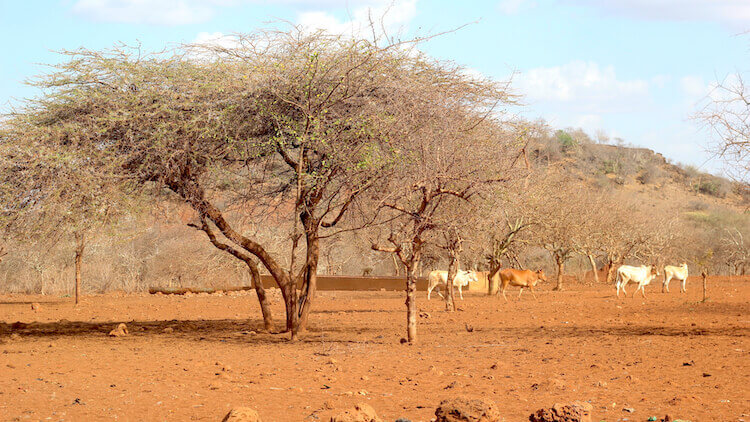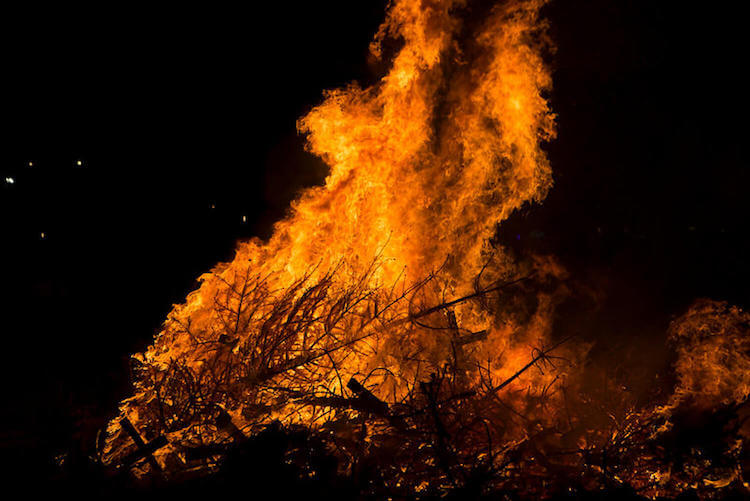Gampe D., Zscheischler J., Reichstein M., O’Sullivan M., Smith W., Sitch S. and Buermann W. (2021) Increasing impact of warm droughts on northern ecosystem productivity over recent decades. Nature Climate Change. Volume 11, pages 772-779.
Published October 7th, 2021
Global databases have found trends indicating that the increased prevalence and intensity of droughts are reducing the net gross primary productivity of northern mid-latitude grassland ecosystems.
Currently, it is estimated that the terrestrial biosphere takes up 25% to 30% of our atmospheric carbon dioxide emissions. However, due to the expected increased prevalence of droughts as a result of climate change, this could adversely impact the ability of vegetation to sequester carbon dioxide.
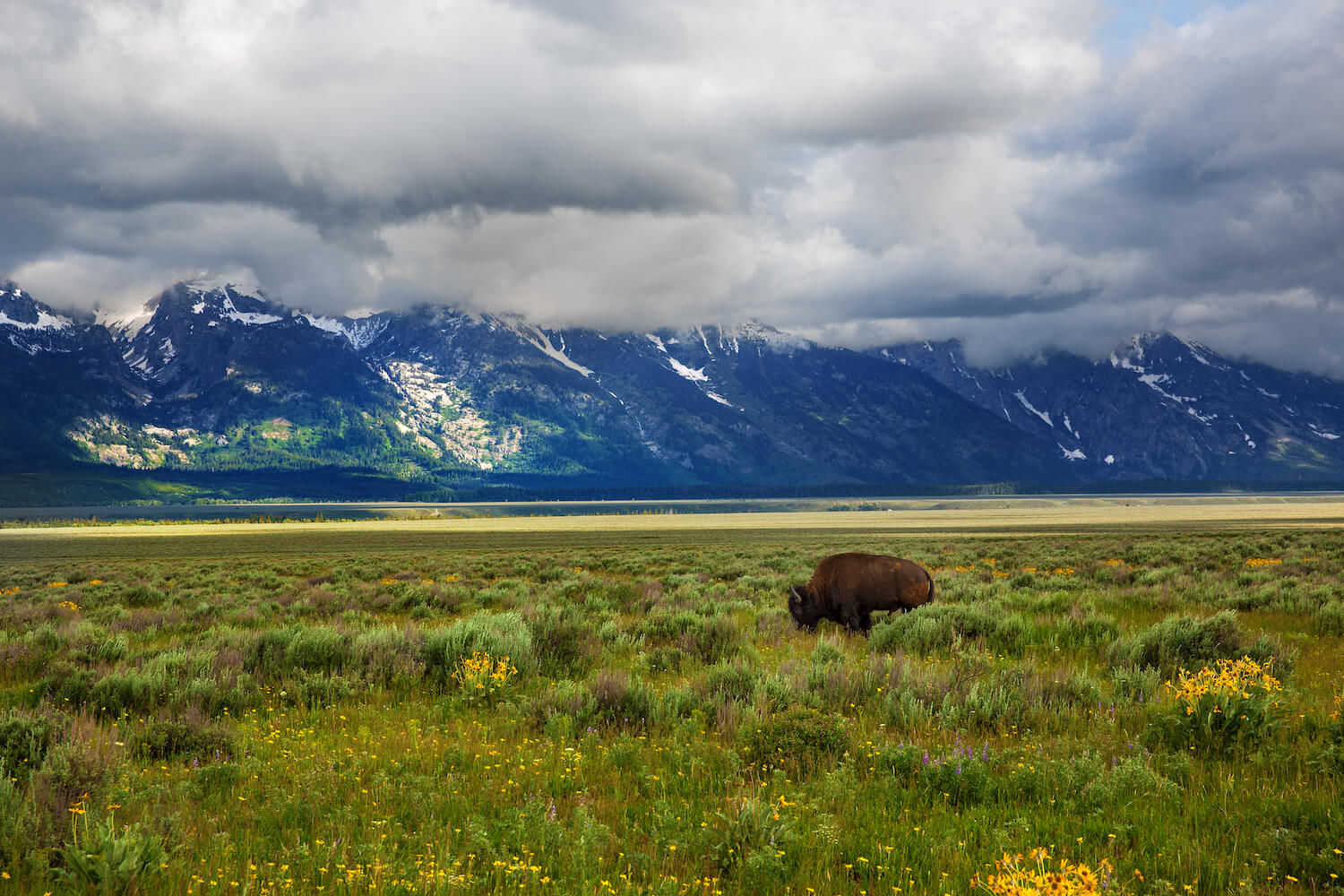
Extreme heatwave events are expected to increase temperature-induced droughts on half of global surfaces by 2030. Such an instance was observed recently in 2003, when a drought that spread across Europe caused a 30% decrease in plant productivity. The heatwave resulted in the loss of a net carbon dioxide uptake equivalent of four years. Until recently, the impacts of the effects of climate change on shifting gross primary productivity (GPP) of terrestrial ecosystems, has not been fully studied.
A study published in 2021, led by David Gampe, studied the impact of increased droughts on GPP in 26 larger geographical areas, between 1982 to 2016. GPP broadly defines all the carbon dioxide sequestered by plants via photosynthesis, as it is this process by which plants create food for all the non-photosynthesising life on Earth.
The molecular processes in plants are both temperature and water sensitive. Photosynthesis, the main process characterising GPP, requires the uptake of water from the surrounding soil and carbon dioxide from the atmosphere in order to create glucose—an organic molecule which constitutes the basic unit of ‘food’ for the remaining trophic levels.
During photosynthesis, water has many different functions. Firstly, water molecules get split into atoms via a light-dependent reaction. This split is what creates the oxygen byproduct, which most animals rely on for respiration. The remaining hydrogen atoms from the molecule create a chemical gradient, which allows for the synthesis of ATP—the energy molecules of the cell. Both ATP and hydrogen are vital in fuelling the process of converting carbon dioxide into glucose.
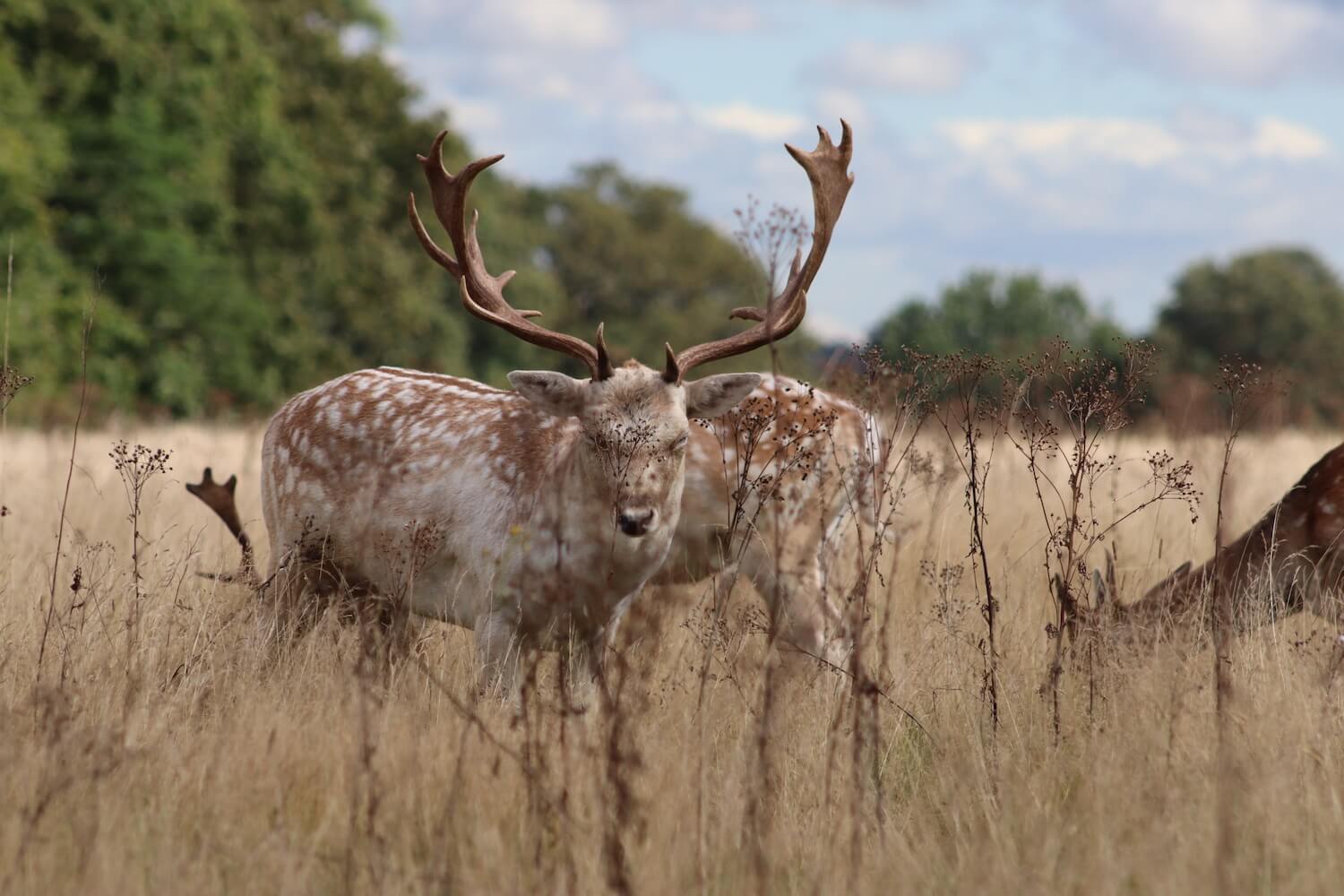
However, in drought conditions, there is not enough water to sustainably supply the photosynthetic cycle, as well as other processes in the plant. Plants themselves even rely on water to simply stand up straight and facilitate their growth, as water maintains the turgidity and hydrostatic pressure in their cells.
Therefore, a lack of water in dry, hot drought conditions would not only hinder the production of glucose, but also cause many plants to quickly shrivel up and die. In particular those that are not adapted to arid environments.
High temperatures can also be detrimental to all plant processes. Every metabolic pathway in living organisms requires special proteins called enzymes to carry out its task. However, these are often constrained to a narrow temperature range in order to function. If the temperature is too low or too high, the enzymes quickly degenerate.
Gampe et al. used data from three global databases, one of which used the ‘Satellite-driven light use efficiency’ approach, and the other two used the ‘Eddy Covariance Flux Tower Measurements’. Light use efficiency (LUE) is a technique to measure how efficiently vegetation is fixing solar radiation, as a proxy for determining its primary productivity.
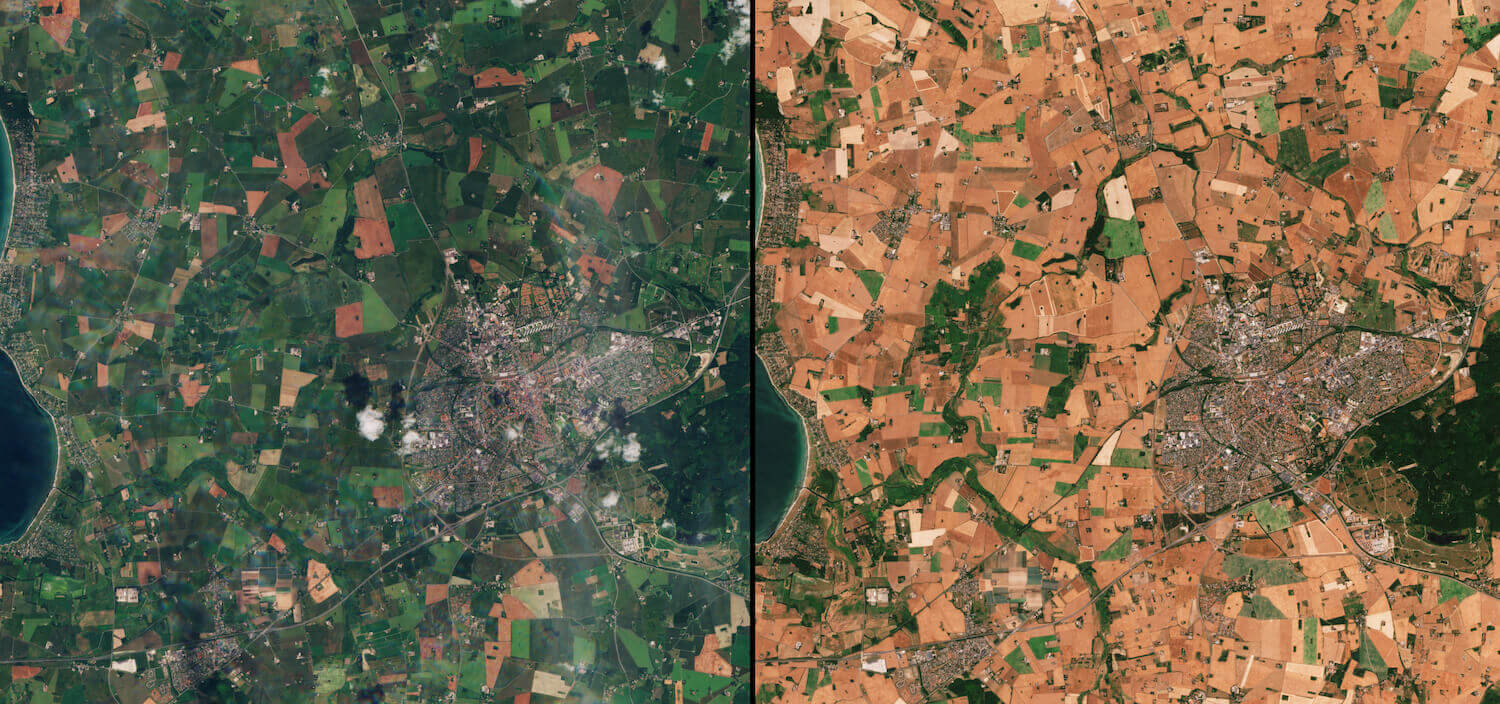
Eddy Covariance Flux Tower Measurements (FLUXCOM) is a micrometeorological system that can continuously measure the vertical gradient of atmospheric gases, and is thus able to determine the net exchange of carbon dioxide, water, oxygen and other gases between the terrestrial surface and the atmosphere.
The team found that northern mid-latitude ecosystems experienced a +10.6% increase in negative GPP between 2000 to 2016, which was compared to a time period between 1982 to 1998. This decrease in GPP is believed to be correlated with the 95% increase in warm droughts over northern temperate grasslands and 84% in croplands during their peak growing season.
The team also found that of the 26 geographical regions studied, 11 experienced an increase in negative GPP extremes when comparing the two time periods. Most of the low GPP events occurred in East Asia, Central North America, Australia and the Amazon region.
As seasons can affect the primary productivity of ecosystems, these factors were also assessed for their impacts over the northern midlatitudes. They found that there was an intensification of negative GPP extremes in the boreal summer month of August. When comparing this to the earlier time period, they determined the existence of a shift in when there was the lowest amount of GPP, initially occurring in the earlier summer months of June and July, to the later month of August.
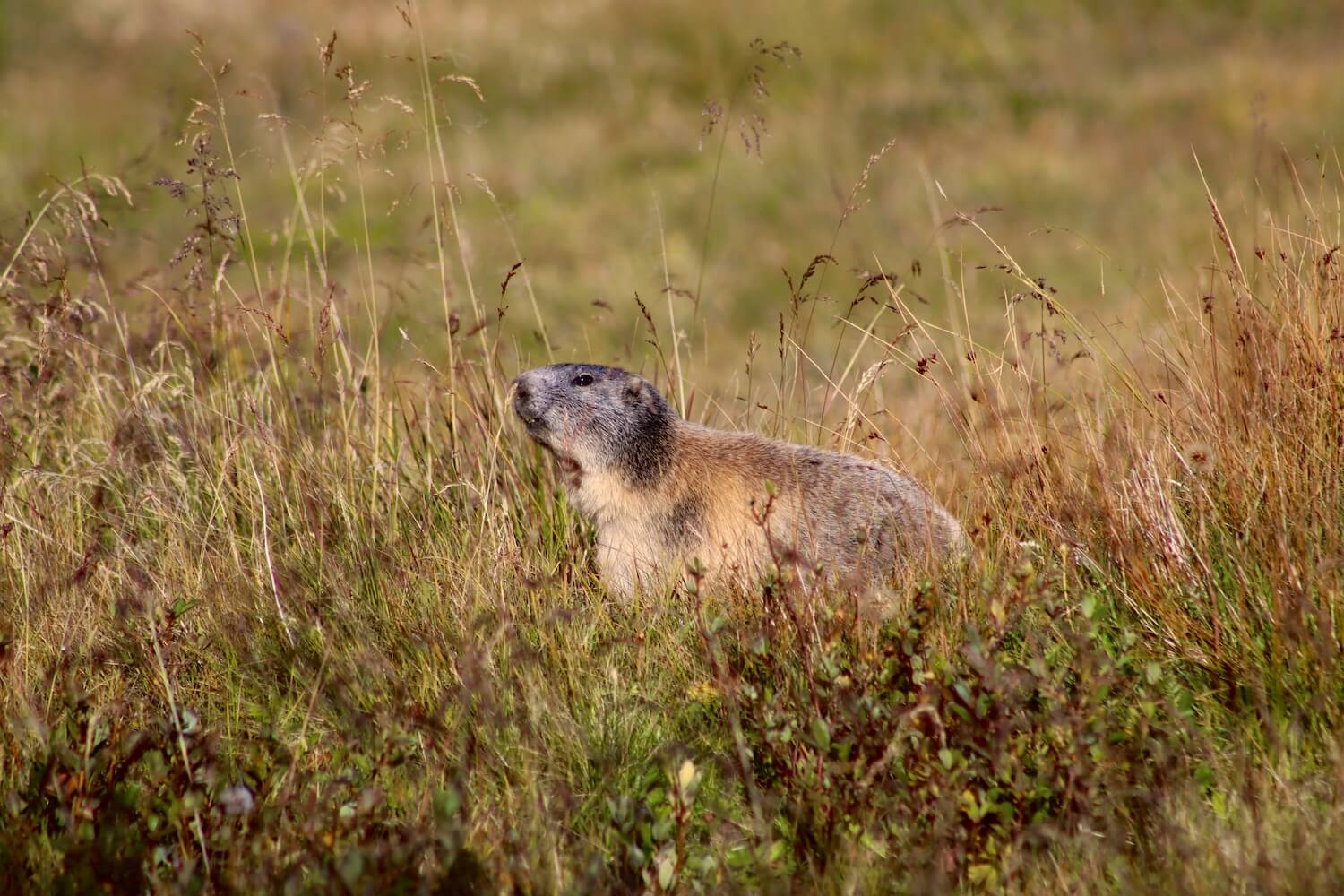
When trying to identify a possible cause of negative GPP in northern grassland and cropland regions, the team found that 50% to 60% of such events could be attributed to drought conditions. However, interestingly, extreme high or low temperatures, as well as high precipitation events themselves, did not show a significant association with negative GPP levels.
Plants are likely to respond to the water deficit in the soil by prematurely closing their stomata, the little openings on their leaves which uptake carbon dioxide from the atmosphere, in order to avoid desiccation. This in turn decreases photosynthetic carbon uptake and the production of organic compounds.
The higher vulnerability of grasslands and croplands to the increased drought events could also be due to their shallow root systems, resulting in less access to deeper soil water. The findings have large implications for grasslands and agricultural food production, threatening the delicate balance of ecosystems and the aim to strive towards global food security.
Featured Image: Julia Riopelle | The Kingfisher






